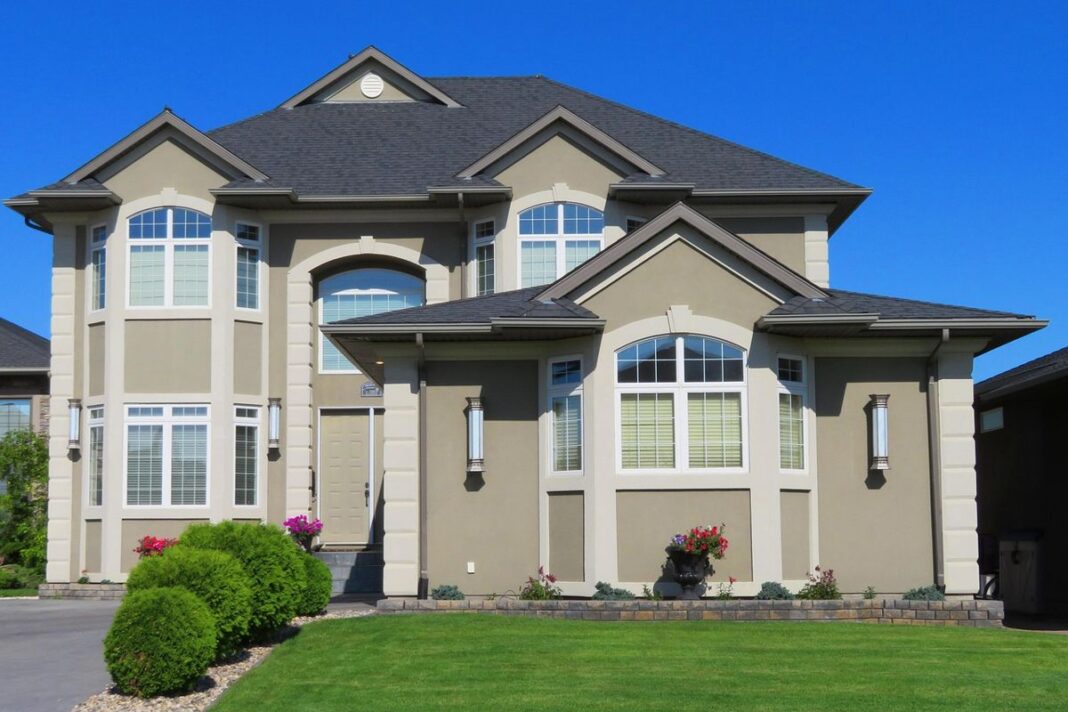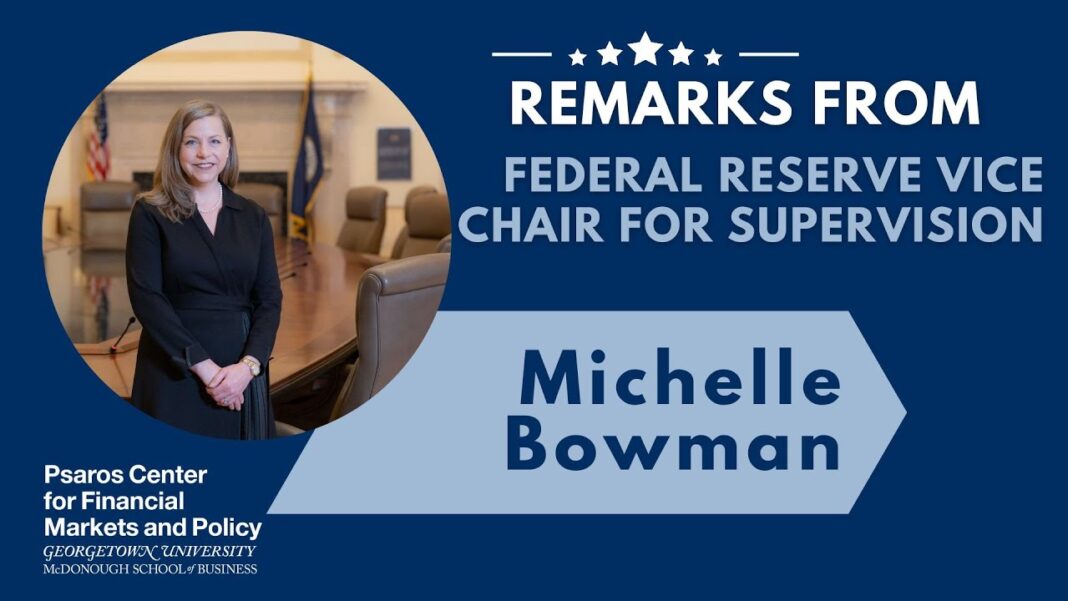New Coldwell Banker study reveals five emerging trends in the U.S. luxury home market.
Many people recall the Emmy Award–winning sitcom “The Jeffersons,” whose theme song references George and Weezie “moving on up.” Today, that trend is making a comeback in the luxury market, as “move-up” buyers are entering it for the first time.
Coldwell Banker’s 2025 Mid-Year Global Luxury Report indicates the U.S. luxury home market remains strong, with more buyers whose significant financial gains on the sales of their current homes are pushing them into a new level of home-buying opportunities.
In preparing the report, the national real estate brokerage analyzed luxury market data from 120 U.S. markets and surveyed more than 200 of their luxury-property specialists to identify five current trends shaping this market segment.
“Buyers who once thought luxury was out of reach are now finding themselves in that tier by default,” Michael Altneu, vice president of the Coldwell Banker Global Luxury Program, said in the report.
“They’re coming to the market with significant equity and high expectations, and they’re helping to sustain activity.”
This group includes homeowners who purchased properties five or more years ago and have made significant gains on their real estate investments.
According to Realtor.com, the threshold prices for the luxury home market vary from state to state, with a low of $750,000 in West Virginia, to a high of $5.49 million in New York.
Elena Novak, a lead real estate researcher analyst at PropertyChecker.com, told The Epoch Times that the trend of “move up” buyers is real and growing.
“This is mostly due to record-high home equity, and many are putting their money toward larger homes, often in cash or with very small mortgages,” she said, citing an earlier report by data company ATTOM that notes U.S. home sellers in 2024 made an average profit of $122,500 per sale.
However, Novak cautioned that the housing ladder is getting stuck.
“While these buyers do help free up some mid-range homes, many other homeowners are staying put because they don’t want to give up their low mortgage rates,” she said. “This limits supply for first-time and middle-income buyers.”
Novak believes that the effect of this “move up” trend will be mostly positive for the local economy.
By Mary Prenon







